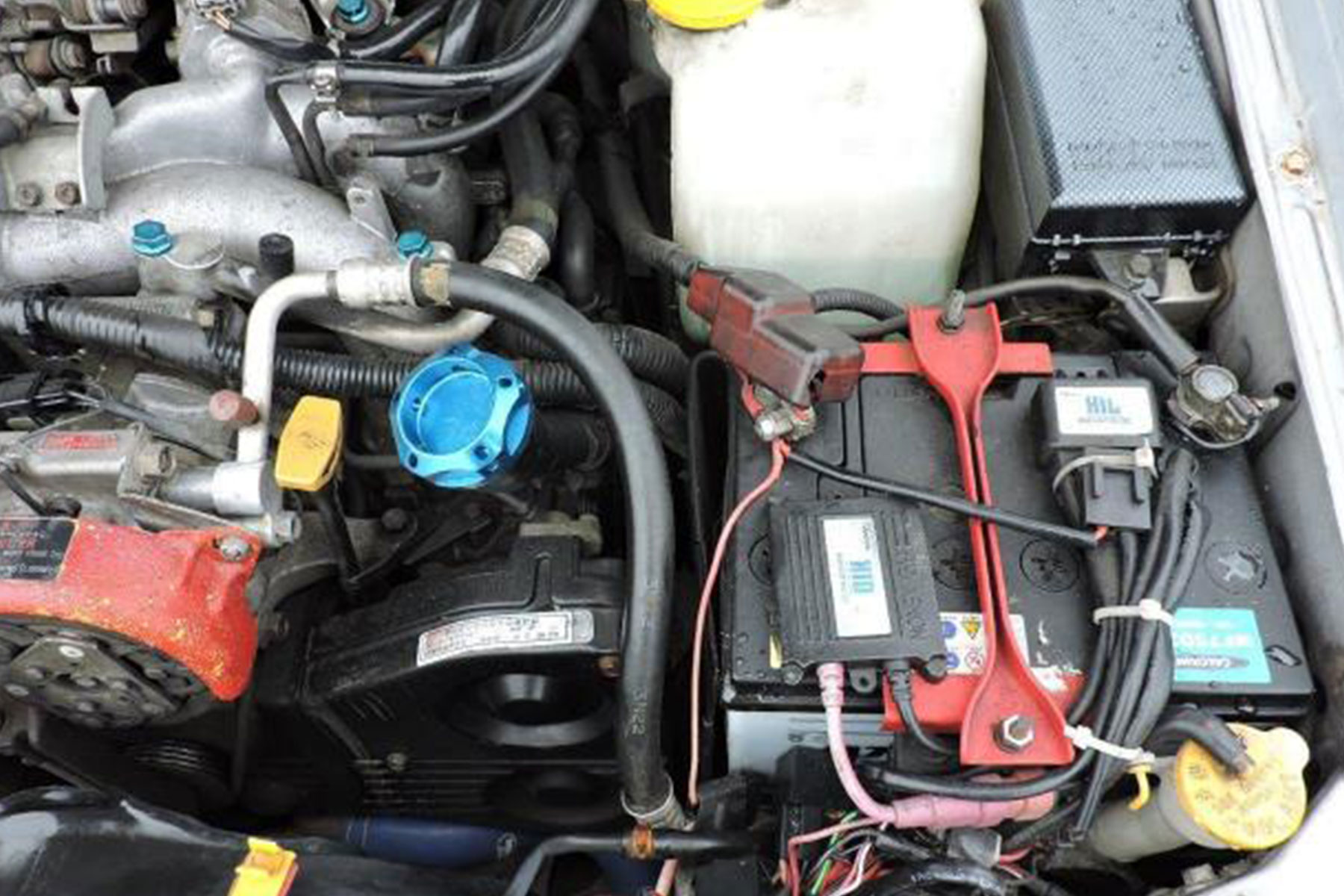Essential parts in a forklift, such as the brakes, engine, and hydraulics, typically require fluids or oils to function properly. These fluids usually perform best when set levels are sustained and changed routinely.
For this reason, it becomes crucial to conduct pre-operational checks focused on oil and fluid levels before operating your important machinery.
In general, transmission fluid present in most forklift brands needs replacing every 600 hours.
What Is Transmission Fluid?
Transmission fluid in a forklift is a type of oil used to lubricate moving parts inside the transmission. They make this fluid for both manual and automatic transmissions. The heat generated by the transmission is what causes this fluid to break down and degrade with use.
Why Is Transmission Fluid Levels Important?
Heavy machinery, including forklifts, cannot operate and perform when they do not have the correct amounts or levels of hydraulic fluids. These fluids perform an essential role in heat transfer, lubrication, energy transmission, and protecting the transmission against contamination.
In a forklift, transmission fluid is vital for effective and efficient working for both the steering and mast controls.
The easiest way to check if a forklift contains the correct transmission fluid levels is to check the levels with a dipstick. However, the forklift should be on ground level to prevent an incorrect reading, before checking these levels.
Steps to Change Forklift Transmission Fluid
– Position a drain pan (under the forklift)
– Run the engine to warm up the hydraulic/transmission oil
– The drain plug is then removed so that the oil can drain out
– The drain plug is then inspected for any signs of damage or wear
– Once the oil has drained out, place the plug, and if damaged or worn, replace with a new one.
– The transmission filter is then removed
– The technician then applies oil around the rubber seal before replacing the filter
– The engine is then refilled with transmission fluid or oil, according to the forklift model. Depose the used oil according to local and state laws.
– The final step involves running the forklift to check for any leaks.
What Will Happen When The Transmission Fluid In A Forklift Is Not Serviced Routinely?
Here are some of the risks of waiting too long to change the transmission fluid in a forklift:
– Reduces the Lifespan Of The Transmission
When the transmission fluids are not changed often enough, the transmission will become less effective as a lubricant and dispersing heat the way it should.
– Damage The Transmission
When transmission fluid is old, it is not lubricated well, which can cause the machine to wear down faster. This can damage the transmission. So it is essential to replace the transmission fluid before it becomes too old.
– Incorrect Shifting
Old transmission fluid can start to dissipate, which can cause the transmission to shift incorrectly. If left long enough, it could stop altogether.
What Are The Signs That Forklift Transmission Fluid Needs To Be Replaced?
There are a few common signs to look out for that transmission fluid should be flushed completely or changed. The most obvious sign has to do with the actual color of the fluid. If it is primarily pink, it is a sign that fluid is still relatively new. However, when the fluid has turned murky or darker or when small metal fragments are present, the fluid should be changed immediately.
If there is metal present in the transmission fluid, the technicians at CIF will flush the system to determine if there are any damages to the transmission.
In addition to checking the transmission fluid levels and the color of the fluid, another warning sign includes clunking and whining sounds. This could mean that the parts are not lubricated properly, which is a tell-tale sign that the fluid is no longer effective.
You may also start to notice burning smells when your forklift is in operation. This means that the fluids are overheating. If left unchecked, this could result in significant damages to the forklift.
The most accessible sign that the transmission fluid needs changing on a forklift is to check the light. When the warning light for the temperature lights up, it is a sign that your forklift needs a service.
When Should You Service Your Forklift?
OSHA offers clear guidelines to ensure your forklift runs safely and well for as long as possible. Below are the suggested maintenance intervals provided by OSHA:
– Filter and oil change
– Hydraulics
– Lubricate all the lube points and the frame
– Brakes
– Steering system
– Air filter
– Fuel filter
Once a forklift has reached 250 hours of operation, these are the areas that require service:
– Brake fluid
– Filter and hydraulic oil
– Lubrication in the drive hubs
– Filter and oil in the transmission and the converter
Electric forklifts have maintenance schedules that are different. However, the “hours” are defined from when the ignition turns on in order to operate the machinery.
Regardless of the manufacturer or the brand, or whether you need to replace your transmission or when you need a service, CIF is a forklift maintenance and repair company that you can rely on to make sure your machinery is up and running in no time.

